Sharing Lessons from Project Finance for Permanence Implementation
Exchanging knowledge and advancing leadership within the global conservation finance community.
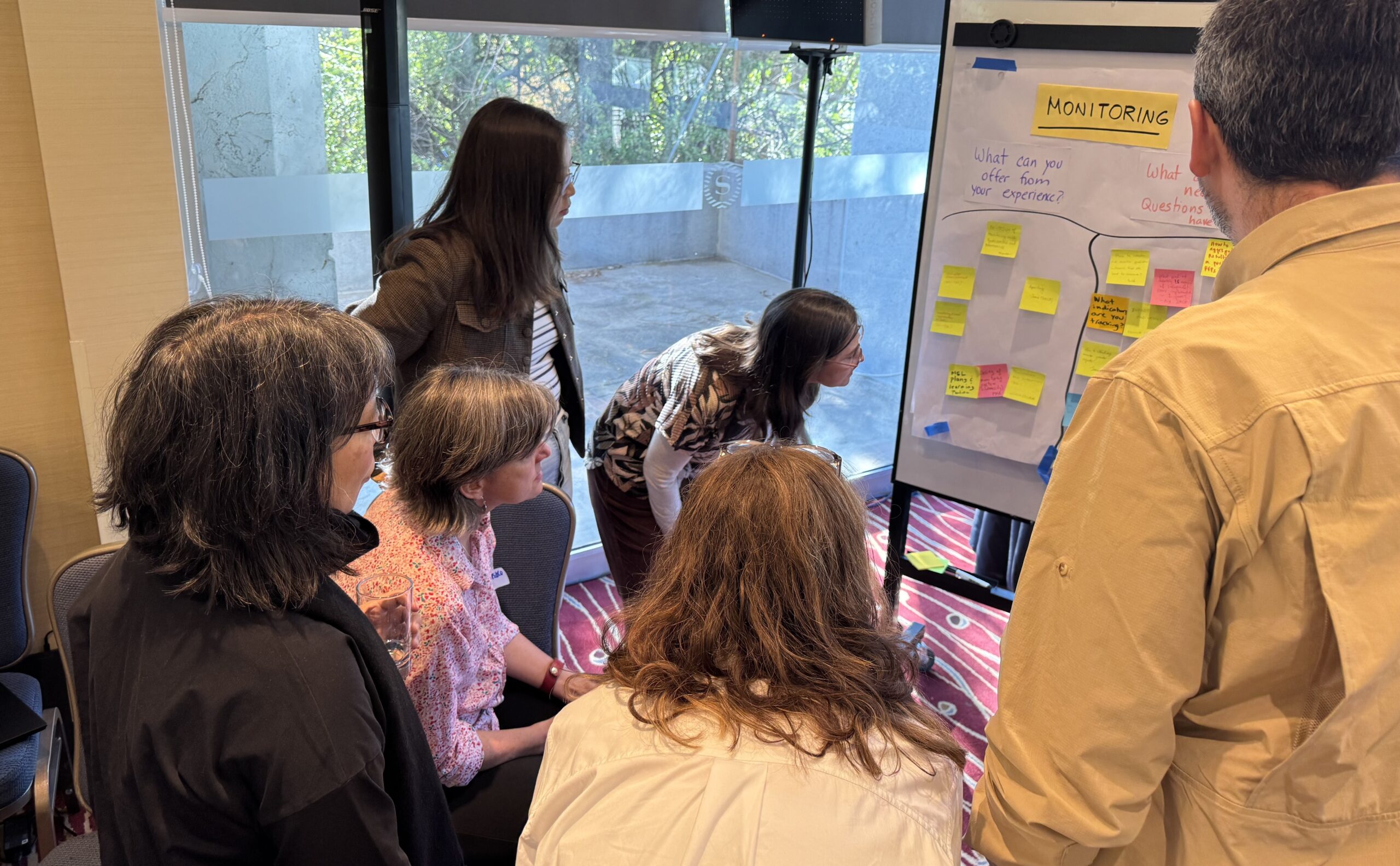
From September 27 to October 3, 2025, Enduring Earth partners representing 14 countries gathered in Santiago, Chile, for a pivotal series of events: the Project Finance for Permanence (PFP) Implementation Exchange, the Impact Reporting Workshop, and the 2025 RedLAC Congress. These meetings provided an invaluable opportunity to strengthen PFP implementation, exchange practical expertise, and advance leadership within the global conservation finance community.
At the heart of every session was the PFP model, an innovative mechanism delivering long-term, sustainable finance for impactful conservation. Through targeted workshops and high-level dialogues, participants highlighted how this approach accelerates country-led, durable conservation and sustainable development outcomes and surfaced common implementation challenges encountered across diverse regions.
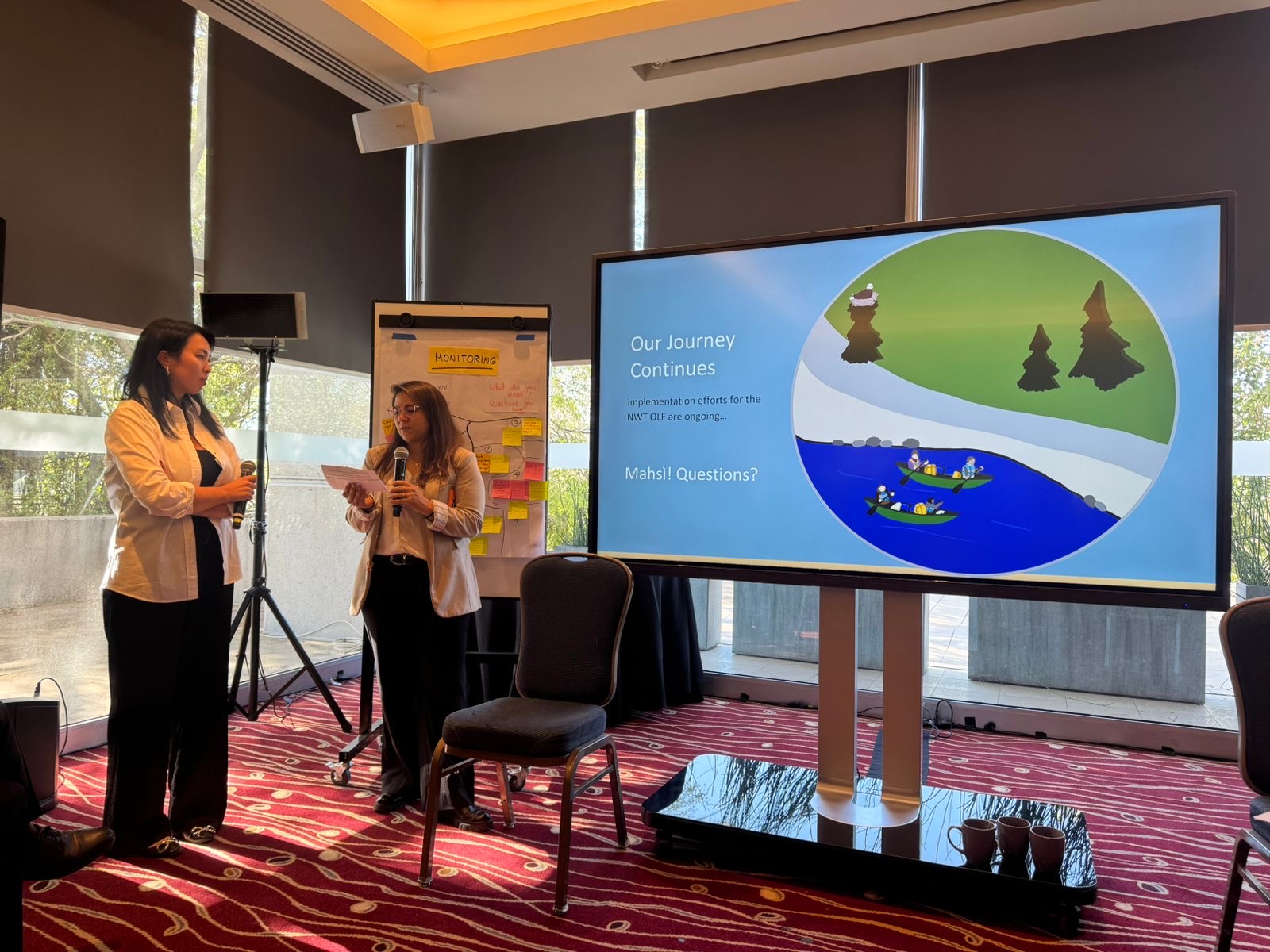
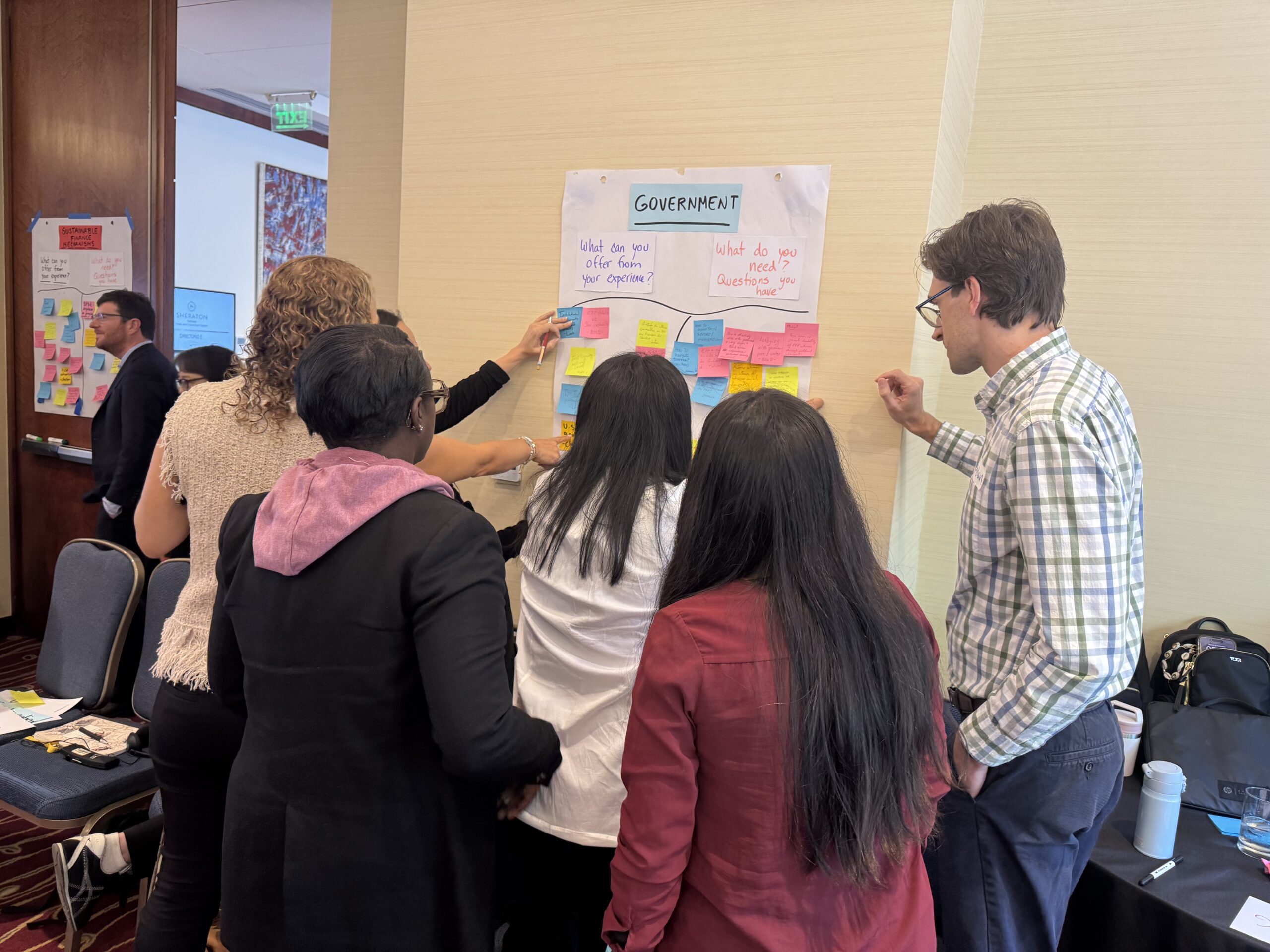
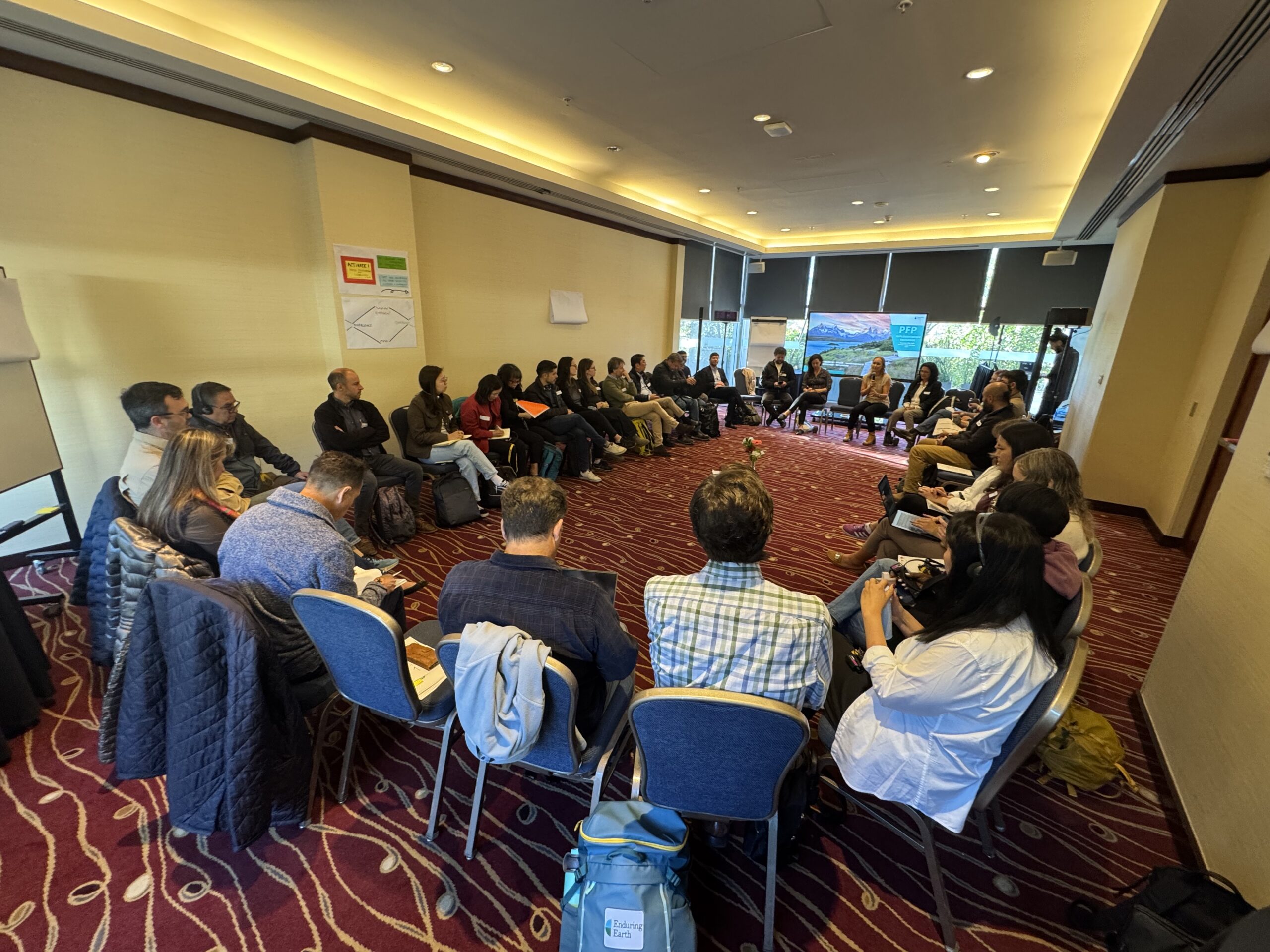
Advancing Cross-Regional Learning and Collaboration
The Implementation Exchange, co-funded by the Global Environment Facility, brought together 41 leaders from deal teams and local partners. Delegates represented Brazil, Colombia, Costa Rica, Mongolia, Peru, Bolivia, Canada, Chile, Gabon, Guatemala, Mexico, Panama, the United States, and Belize, creating a diverse knowledge network committed to finding solutions for PFP implementation through lively dialogue and peer-to-peer learning.
Participants explored case studies from both early-stage and established PFPs, including ARPA for Life, Forever Costa Rica, Peru’s Natural Legacy, Northwest Territories: Our Land for the Future, and Eternal Mongolia. These exchanges offered structured opportunities for experienced project teams to share strategies and insights with emerging PFP initiatives seeking to incorporate lessons from earlier implementation phases.
Structured by guiding questions such as “What capacities are most critical in the early years? What strategies helped overcome initial hurdles? And how have governance and partnerships evolved over time?”, the discussion surfaced both anticipated and unforeseen challenges that shape the early implementation phase. Key themes emerged, including community engagement and co-governance, Conservation Trust Fund operations, policy, and partnership alignment with government, the creation of resilient and sustainable finance systems, and the establishment of robust monitoring, evaluation, and learning (MEL) frameworks.
A consistent finding was the complexity of early implementation, including the challenges of building sound governance, securing active government commitment, ensuring financial accountability, and developing adaptive MEL systems. Participants agreed that structured peer learning and access to shared resources are essential for overcoming these barriers and accelerating conservation outcomes across regions.
Strengthening Conservation Trust Funds and Institutional Capacity
Sessions reinforced the fundamental role of effective CTFs in achieving lasting conservation outcomes. Sustainable performance relies on strong governance, transparent reporting, and alignment with government priorities. Attendees explored actionable strategies for board management, operational efficiency, and robust communication between fund managers, governmental agencies, and local communities. Institutional readiness, adaptability, and leadership capacity were highlighted as vital to success. The ability to nimbly respond to shifting political, financial, or social environments is essential to sustaining long-term conservation progress.
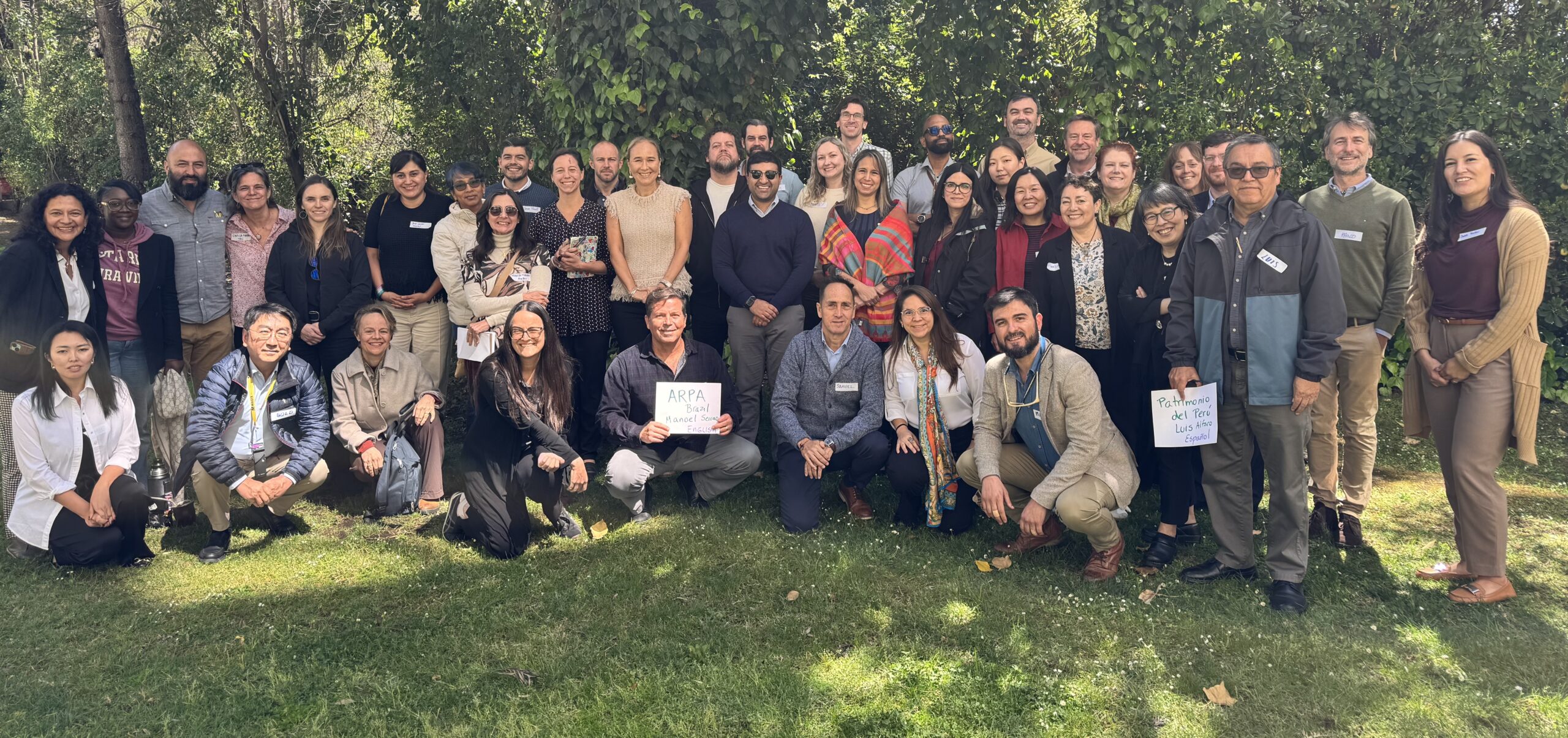
Delegates representing 14 countries convened to exchange ideas and establish a diverse knowledge network committed to practical solutions for PFP implementation.
Equipping Teams with Tools and Resources
Participants called for more practical, experience-driven resources, including actionable templates, detailed case studies, and interactive platforms for ongoing learning. Establishing structured onboarding processes was a shared priority to ensure every PFP team member can access and employ the full suite of tools and best practices.
Advancing Impact Reporting Across the Network
On September 28, the Impact Reporting Workshop brought together 50 participants from both established and new PFP initiatives, as well as nearly all RedLAC-member CTFs. Organized by Enduring Earth, RedLAC, and The Nature Conservancy, the workshop focused on bolstering CTF capacity to implement rigorous MEL systems, deliver meaningful impact assessments, and meet international donor standards. Key discussions differentiated between activity and impact reporting and identified strategies to harmonize indicators across funds. Real-world examples showcased how strong, data-driven MEL supports adaptive management and communicates conservation and social outcomes with clarity.
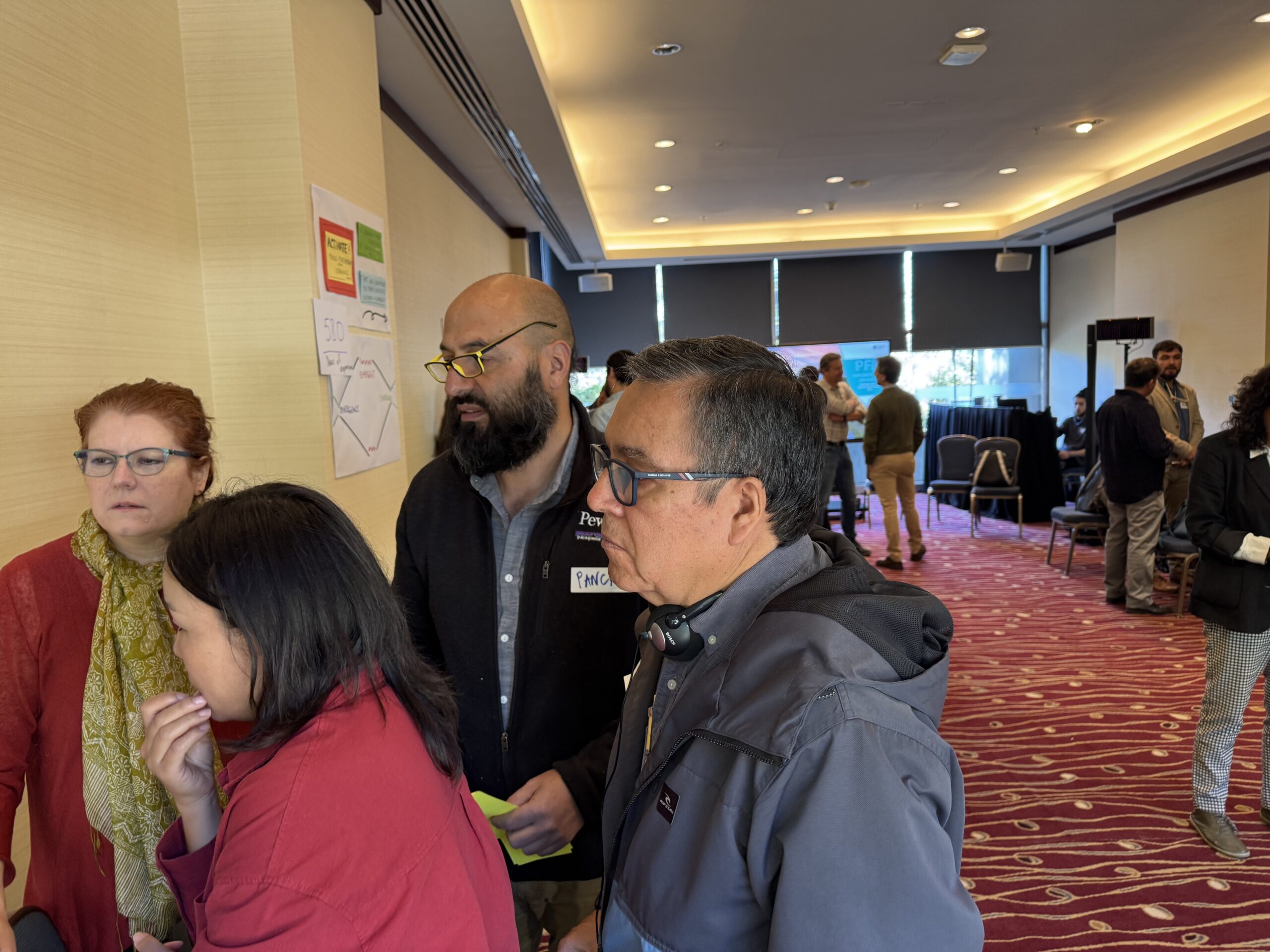
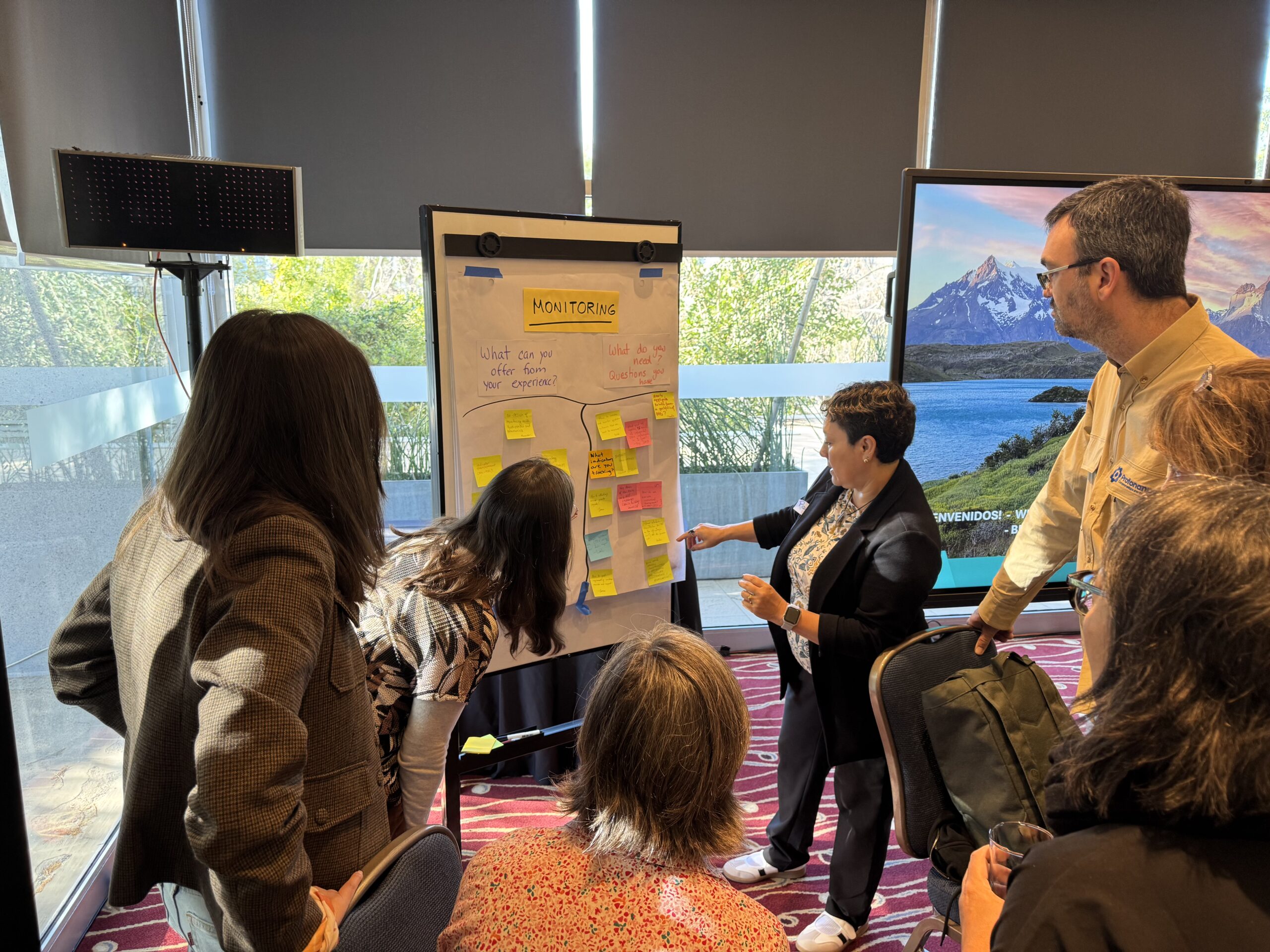
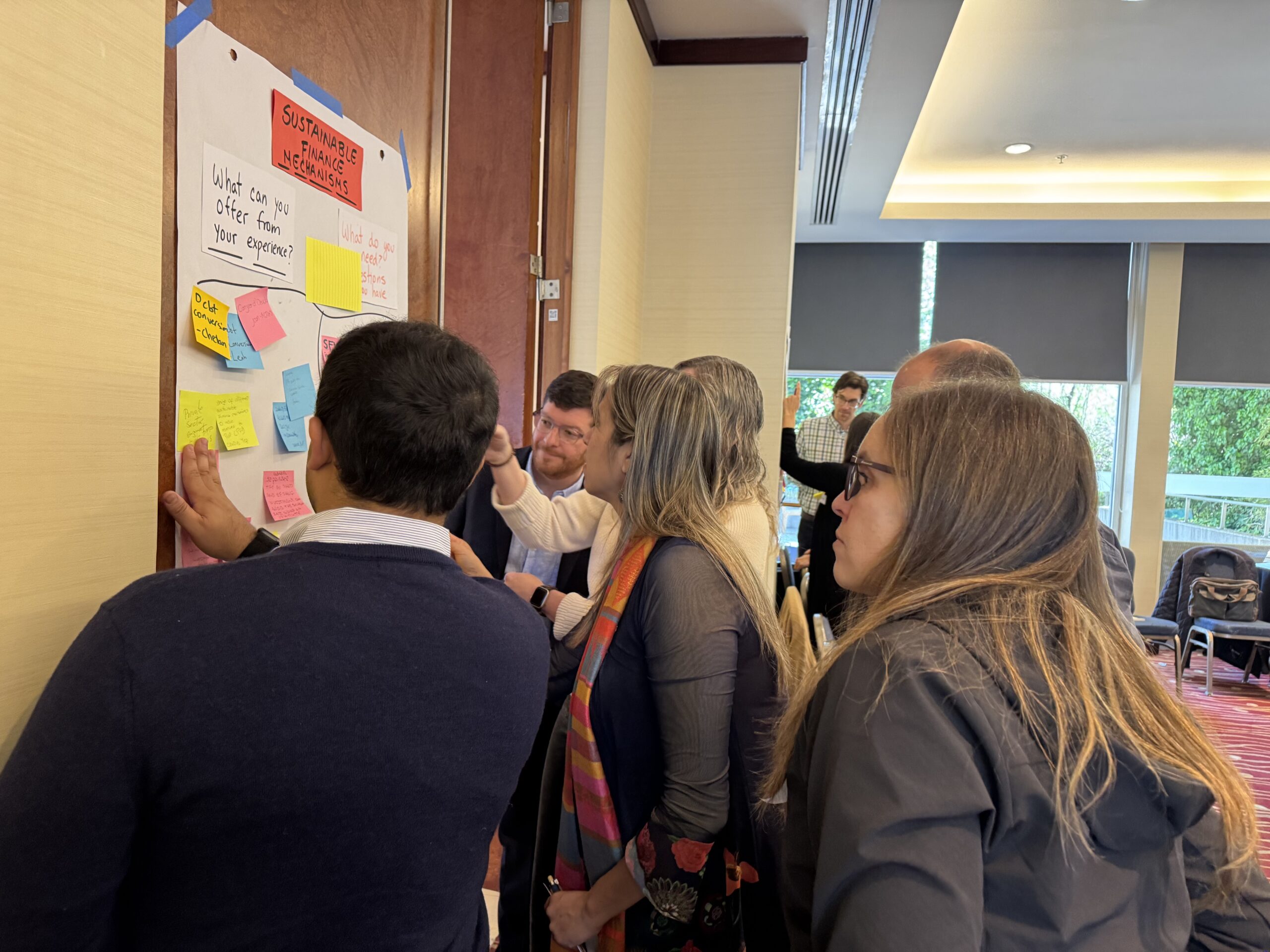
Driving Partnership and Innovation at RedLAC
Enduring Earth partners played a prominent role throughout the RedLAC Congress, highlighting the PFP model in both high-level and technical sessions. Panels and presentations shared practical lessons from implementation, demonstrated how PFPs can unlock sustainable conservation finance, reinforced Indigenous-led leadership in planning through implementation, and showcased Enduring Earth’s collaborative, locally driven approach within the global conservation finance community.
Key sessions included remarks from Adriana Moreira of the Global Environment Facility, who underscored the importance of partnership-driven strategies for advancing durable finance during the opening ceremony. Katy Mathias of The Pew Charitable Trusts and Nomindari Enkhtur of Mongolian Nature’s Legacy Foundation addressed approaches to endowment design and strategies for long-term financial resilience. Dahti Tsetso from Our Land for the Future Trust shared perspectives on Indigenous leadership and co-management models. At the same time, Camila Monteiro from The Nature Conservancy highlighted direct financing mechanisms that strengthen local empowerment for Indigenous Peoples.
A notable highlight of the Congress was the strengthened peer-to-peer engagement among participants, marked by one-to-one meetings between various teams. For example, the Mongolia team met representatives from Brazil, Peru, and Bolivia to exchange ideas and share lessons learned, creating valuable connections expected to inform future work. Alongside these targeted meetings, discussions focused on strengthening sustainable finance mechanisms and grant management systems, private sector engagement, investment management, disbursement conditions, and adaptive management.
Participants also explored options for learning sessions to deepen understanding of governance and community-led implementation practices, emphasizing collaboration and shared experience in conservation finance and project execution. These peer-learning moments and interactive group discussions are considered central to advancing innovative conservation finance and capacity-building across regions.
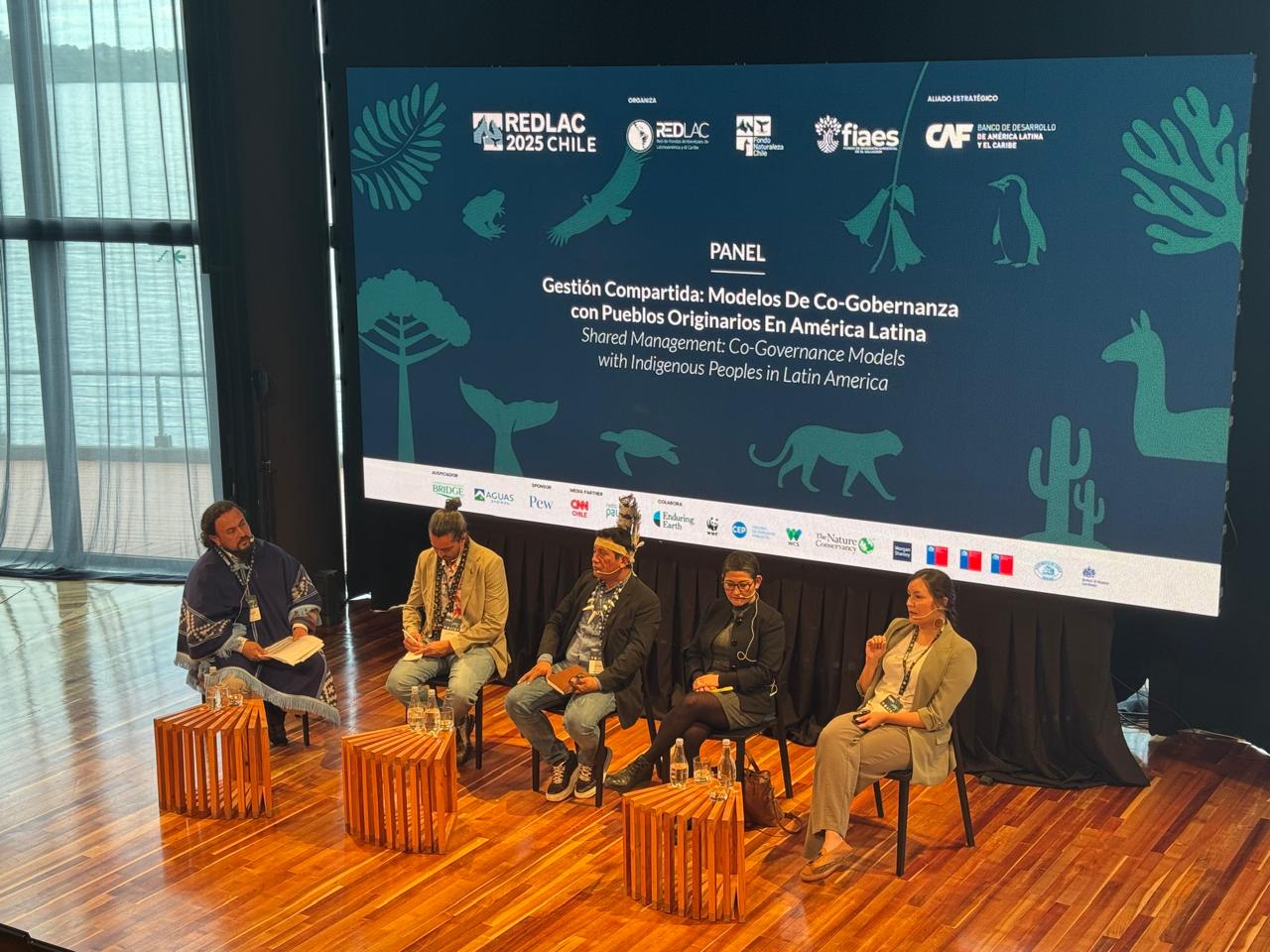
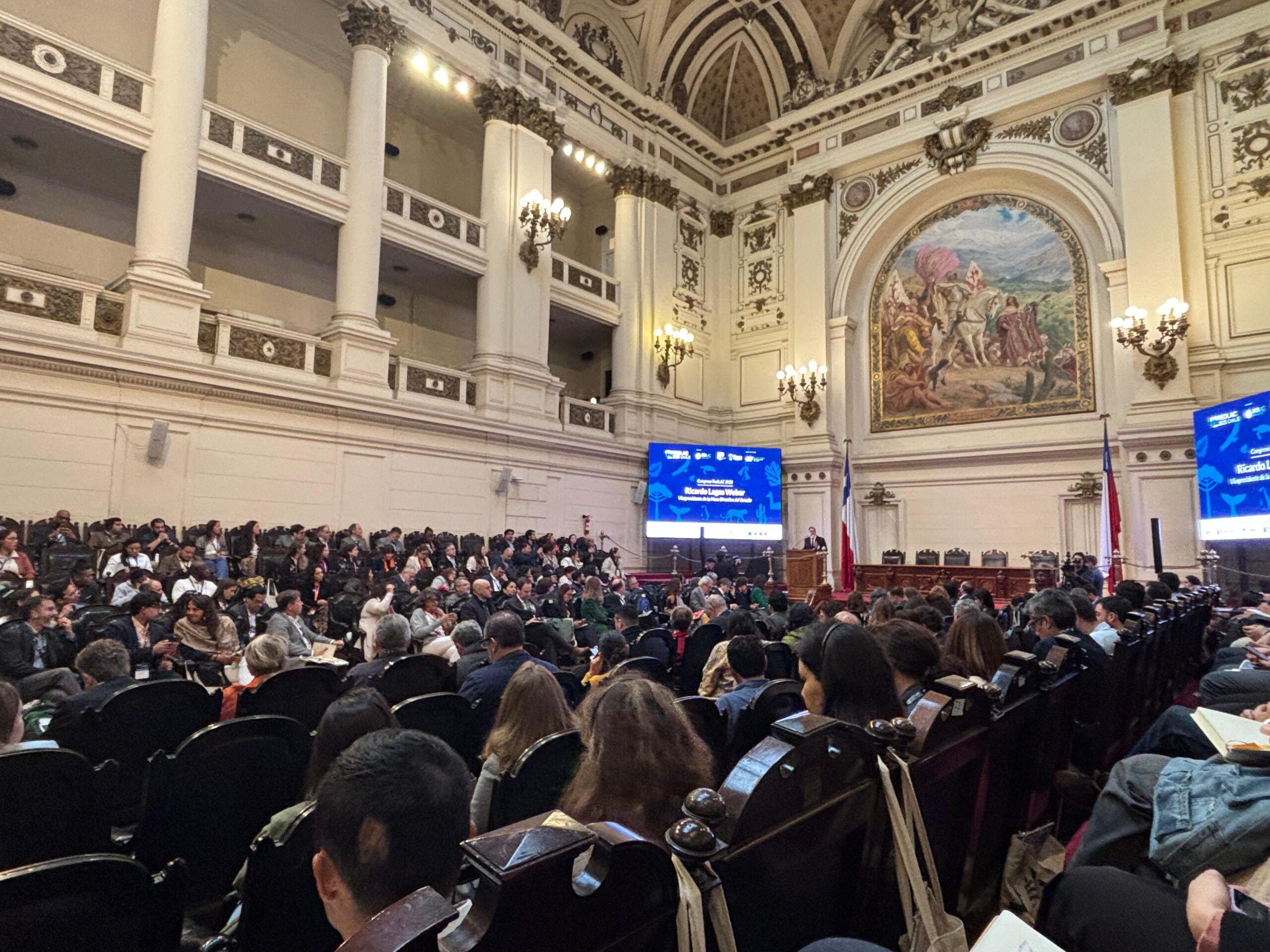
Panels shared lessons from implementation, highlighted Indigenous-led leadership, and showcased the PFP model’s collaborative, locally driven approach to lasting conservation finance.
Building a Thriving Global Network
The Santiago convenings demonstrated the collective impact of collaboration in scaling conservation finance. By bringing together stewards from government, civil society, Indigenous leadership, and philanthropy, Enduring Earth supported efforts for knowledge exchange and innovation. This momentum has sparked an interest in forming a Community of Practice dedicated to ongoing peer learning, joint tool development, and amplifying the global impact of the PFP model.
Next Steps for Enduring Earth
Enduring Earth will integrate these insights into its PFP and network planning, including for new capacity-building workshops. Both online and in-person programs will aim to further strengthen implementation systems, governance, financial management, and adaptive learning across all PFP projects. Such collective action cements the PFP model’s leadership in conservation finance. It demonstrates that enduring conservation is rooted in partnership, collaboration, shared knowledge, and a commitment to thriving nature and communities.
